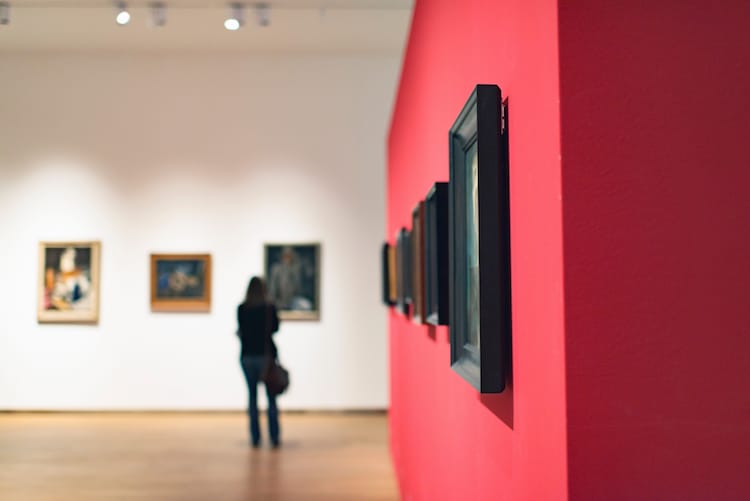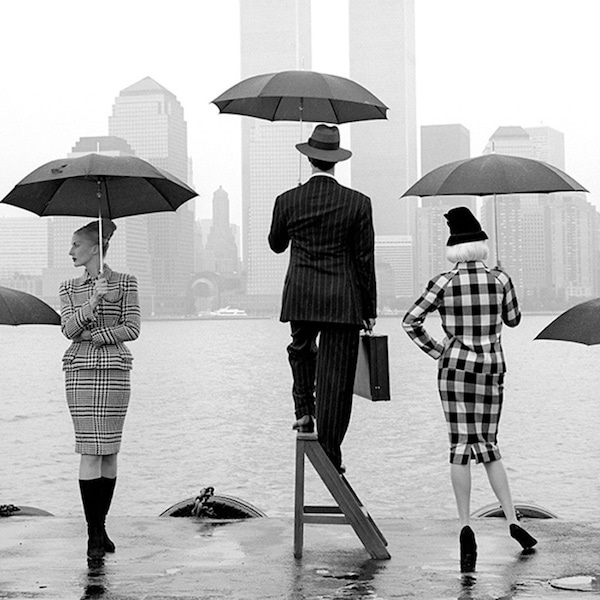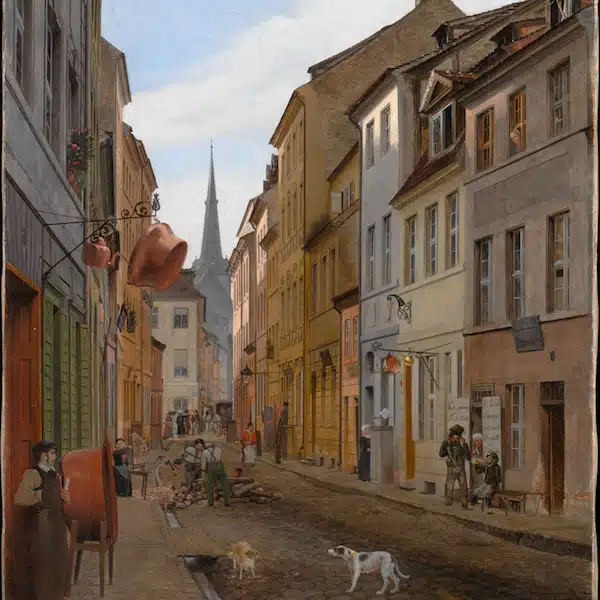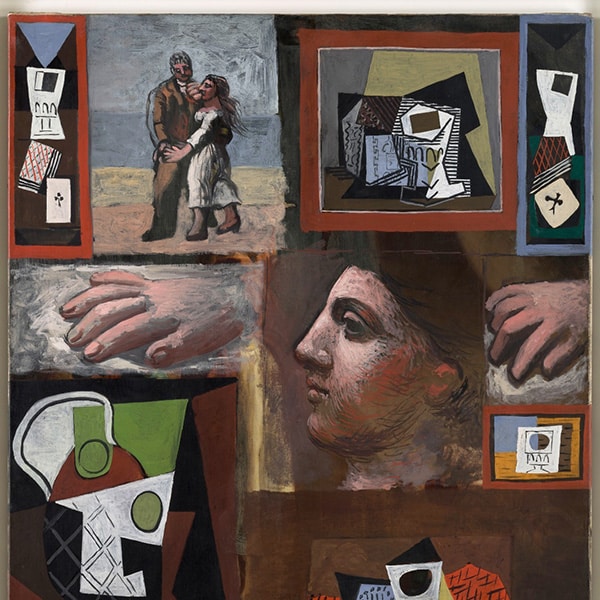
Stock Photos from Ysbrand Cosijn/Shutterstock
This post may contain affiliate links. If you make a purchase, My Modern Met may earn an affiliate commission. Please read our disclosure for more info.
If you've ever wanted to work in an art museum, you've likely considered a career in curating. While this practice is becoming an increasingly popular creative career, what exactly this role entails remains relatively mysterious—even to many aspiring arts professionals.
Here, we present a clear and concise glimpse into curating. Covering everything from typical considerations of a curator to a handpicked selection of recommended reading, this helpful guide explains the ins and outs of this sought-after discipline.
What is Curating?

Stock Photos from Anton_Ivanov/Shutterstock
In a museum, gallery, or similar arts setting, curating is the act of selecting, organizing, and presenting objects for display. Typically, the artwork is cared for by a curator—a specialist responsible for curating—and consists of work from an institution's permanent collection, though it is common for loaned artworks to also be curated for special exhibitions.
Why curate a collection? According to Tate (a network of major art museums in the United Kingdom), the primary goal of a curator is to “interpret the collection in order to inform, educate, and inspire the public.” This objective is in line with the role of the museum—to house, preserve, and display objects of cultural, artistic, historical, or scientific significance. This makes curating intrinsic to the institution itself.
Curatorial Considerations
Curators consider several factors when in the selection, organization, and presentation of objects.
Selection

Stock Photos from SeventyFour/Shutterstock
In most museums, the objects on display make up only a portion of the institution's holdings. Thus, curators are typically tasked with deciding which pieces to exhibit and which to store. When selecting which objects to present—both for an institution's permanent display and its temporary shows—curators can approach the objects in a myriad of ways. However, pieces are often selected according to theme, artist, time period, and contemporary relevance or popularity.
Organization

Stock Photos from SeventyFour/Shutterstock
Perhaps the most important aspect of curating is organizing the works. In most encyclopedic museums, the gallery spaces (and, subsequently, the pieces presented within them) are arranged according to art movement, time period, or geographic region. For example, at the Metropolitan Museum of Art, there are distinctive rooms denoted to Greek and Roman Art (movements), Medieval Art (a time period), and Arts of Africa, Oceania, and the Americas (geographic regions).
At museums with a more narrow focus (or for many special exhibitions), curators often opt to arrange the artwork thematically or by artist. The Museum of Modern Art in New York, for example, has galleries with general themes like “Architecture and Design” and “Drawings.” And, at the Phillips Collection, another museum of modern art in Washington DC, there is an entire room dedicated only to works by Mark Rothko (an artist).
Presentation

Stock Photos from SeventyFour/Shutterstock
Once a curator has selected pieces and developed a plan for how they will be organized, it's time to display them. When presenting artwork, however, there are several factors to consider, from the exact shade of the walls to the way each work of art appears from various angles. Most importantly, the curator must consider the public and how they will react to the organization on several different levels. “I see a curator as a catalyst, generator and motivator,” Swiss curator, art critic, and art historian Hans-Ulrich Obrist says, “a sparring partner, accompanying the artist while they build a show, and a bridge builder, creating a bridge to the public.”
























































































